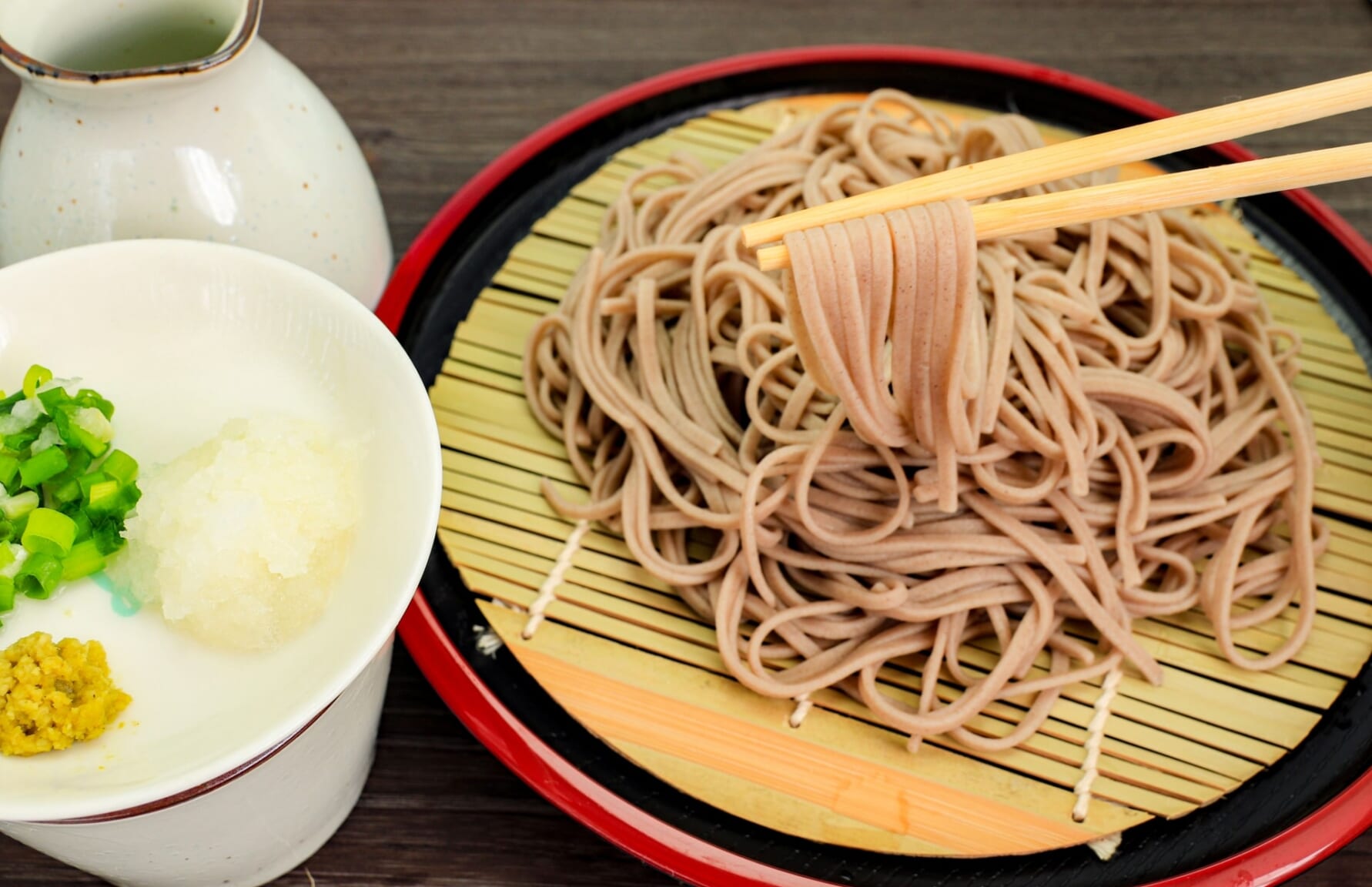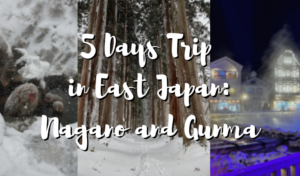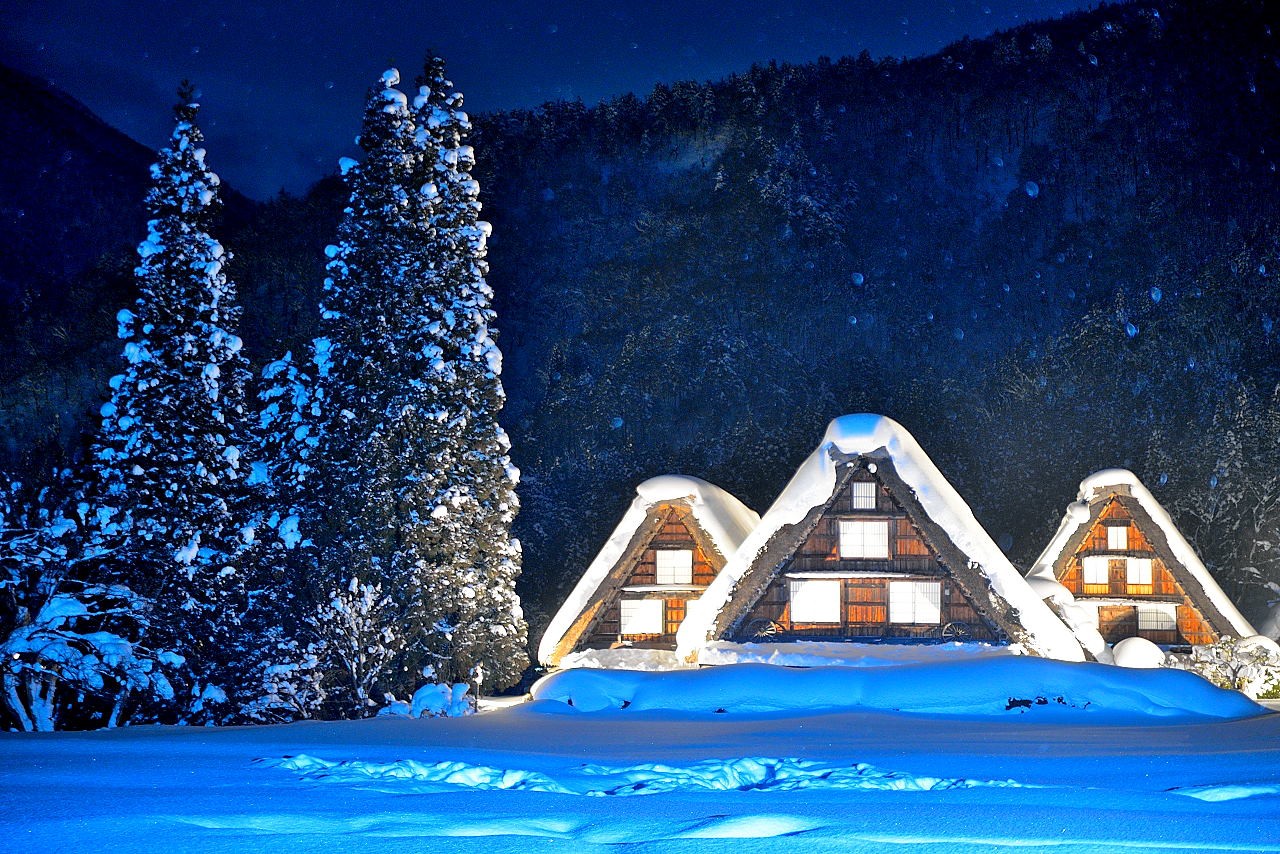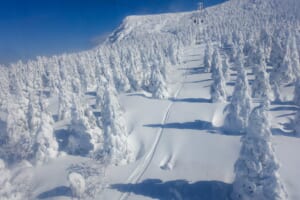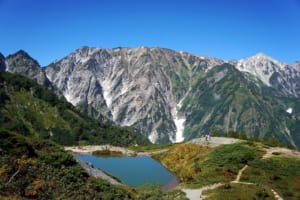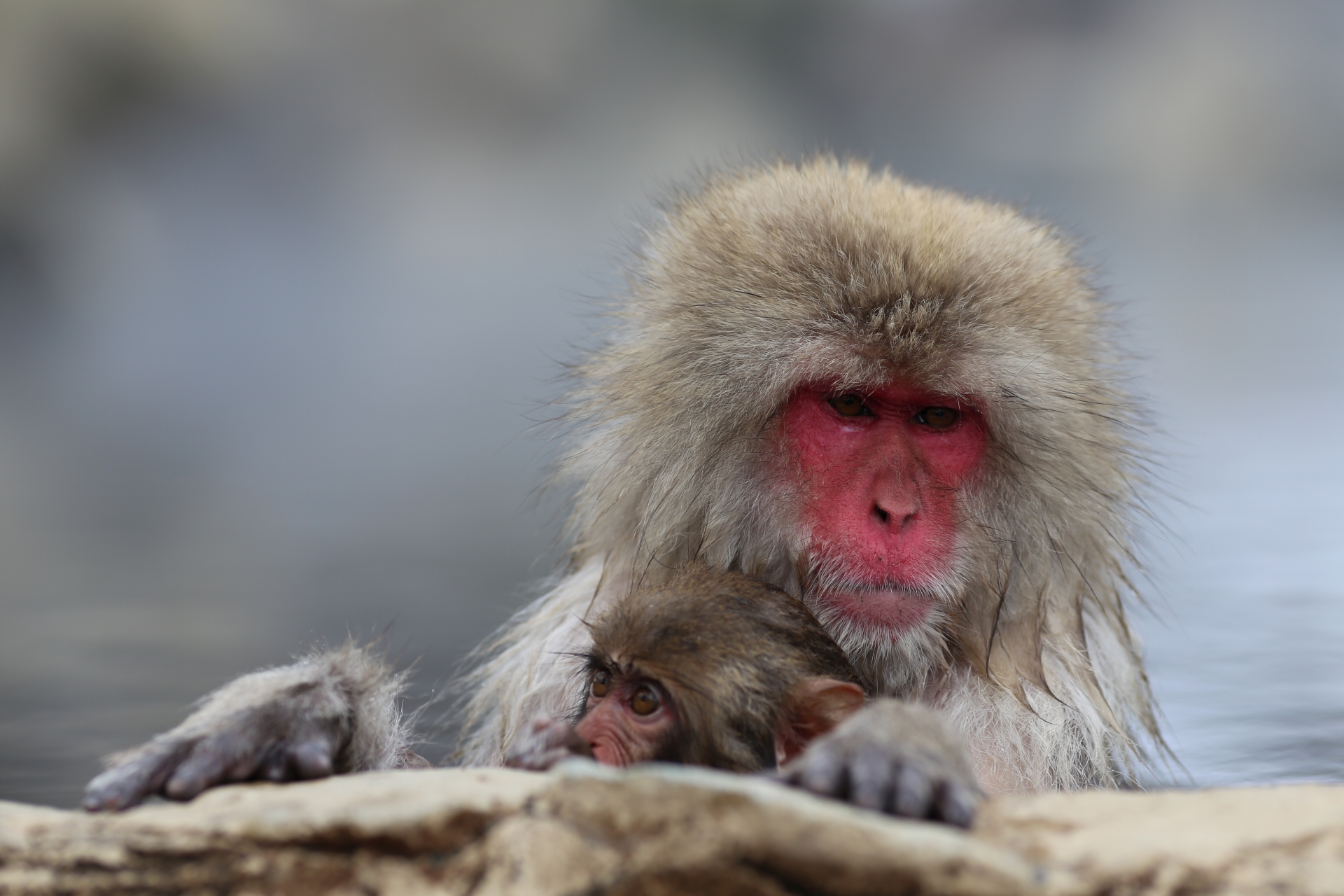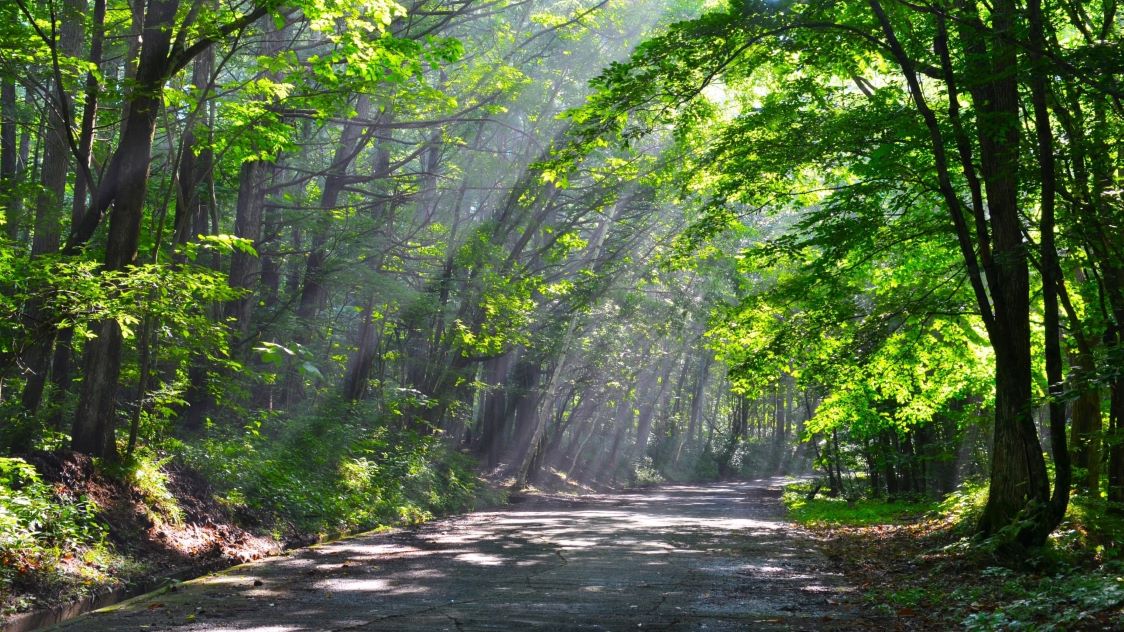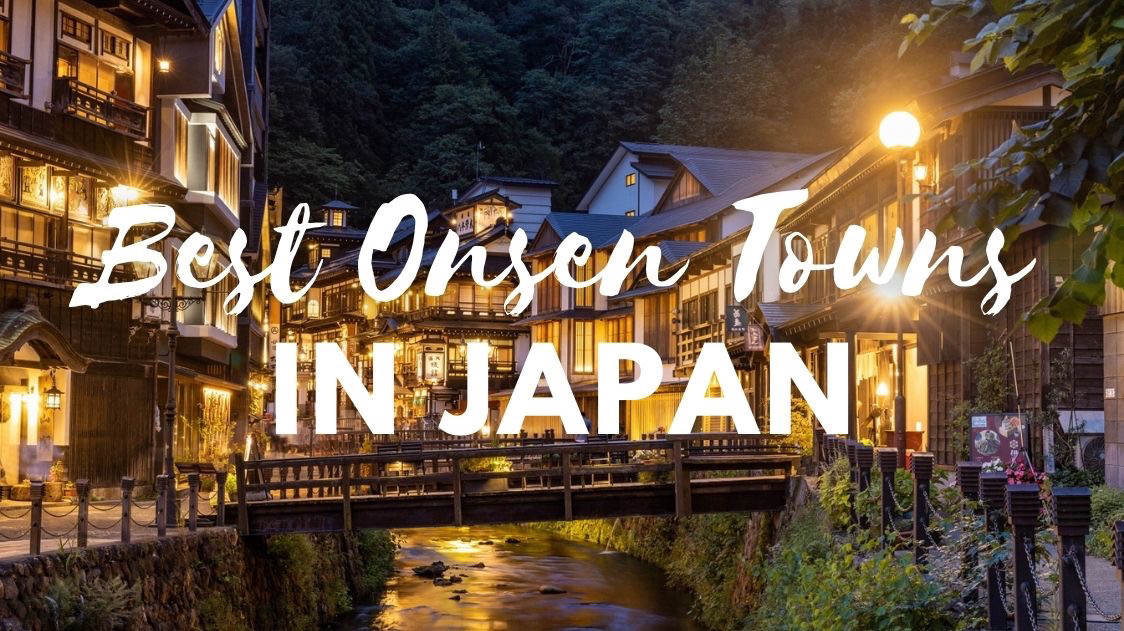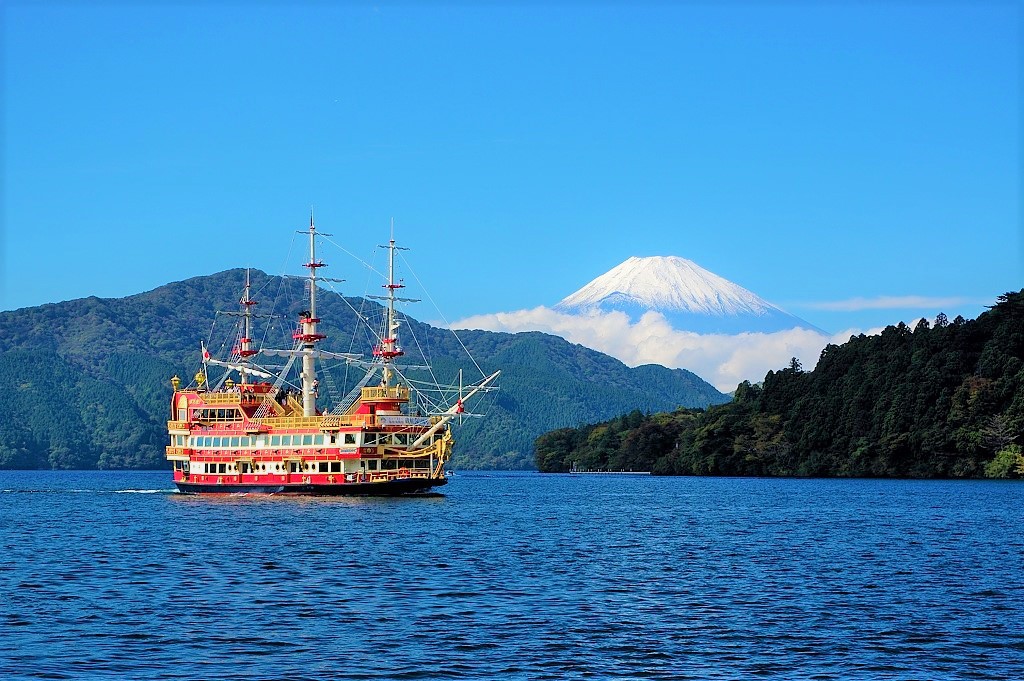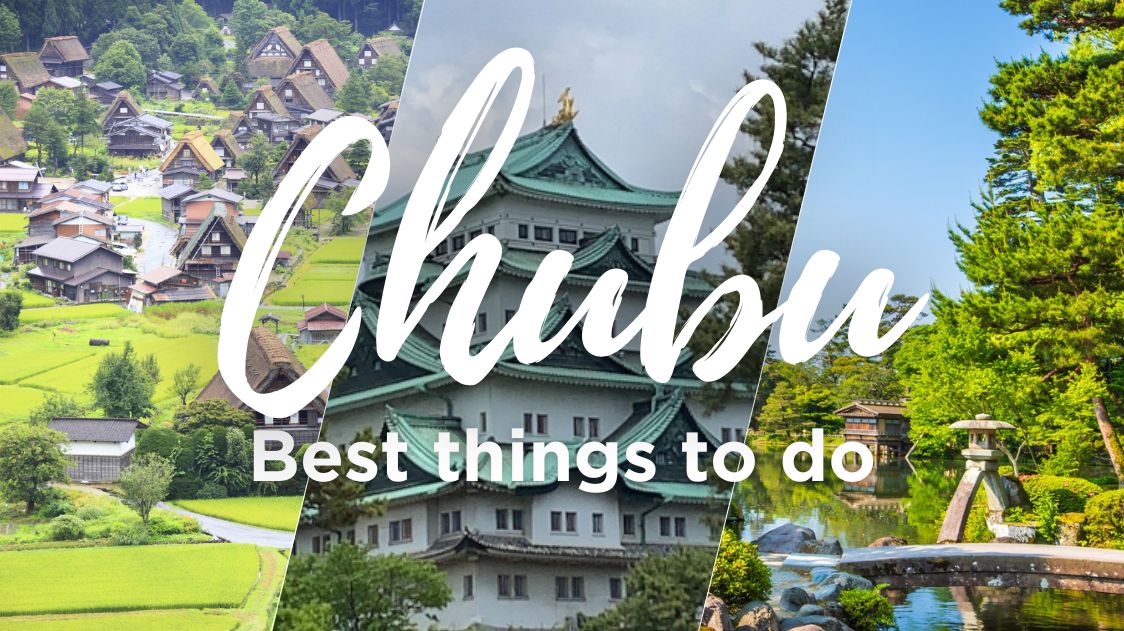10 Best Things to Do in Hakuba
Hakuba Travel Guide: What to Do in Hakuba, Nagano Now
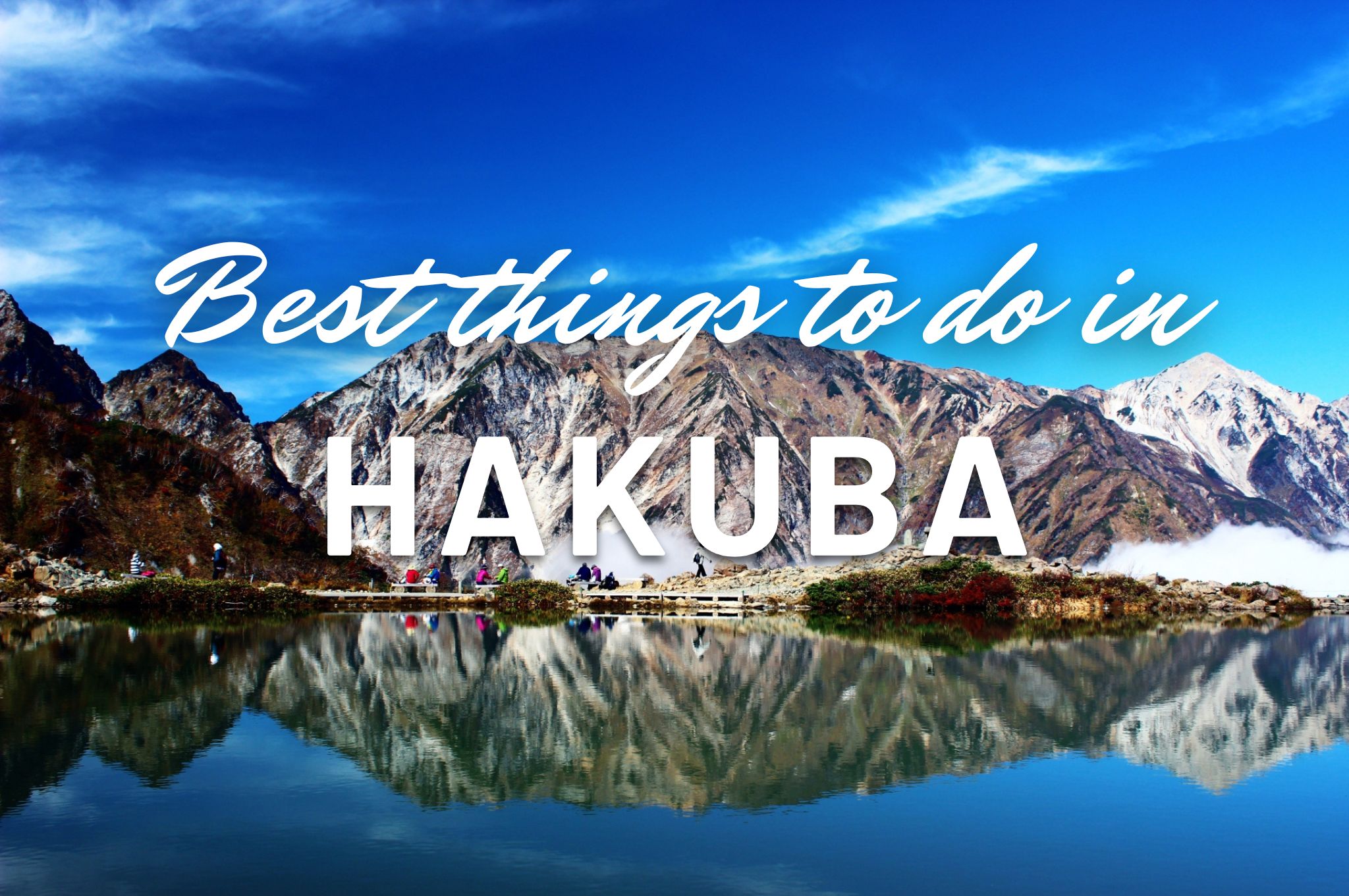
Ready to embark on a journey to one of Japan’s most magnificent winter hidden gems? Hakuba Village in Nagano Prefecture is located in the heart of the Japanese Alps. When icy temperatures arrive, Hakuba becomes a winter wonderland filled with breathtaking mountain landscapes with show capped peaks, charming villages!
In short, an all-around paradise for winter sports and adventure enthusiasts in search of opportunities for skiing, snowboarding or just exploring the great outdoors. And beyond sports, Hakuba still has plenty of surprises and things to do in store for you.
1. Feel like an Olympic athlete at Hakuba Happo-one Ski Resort
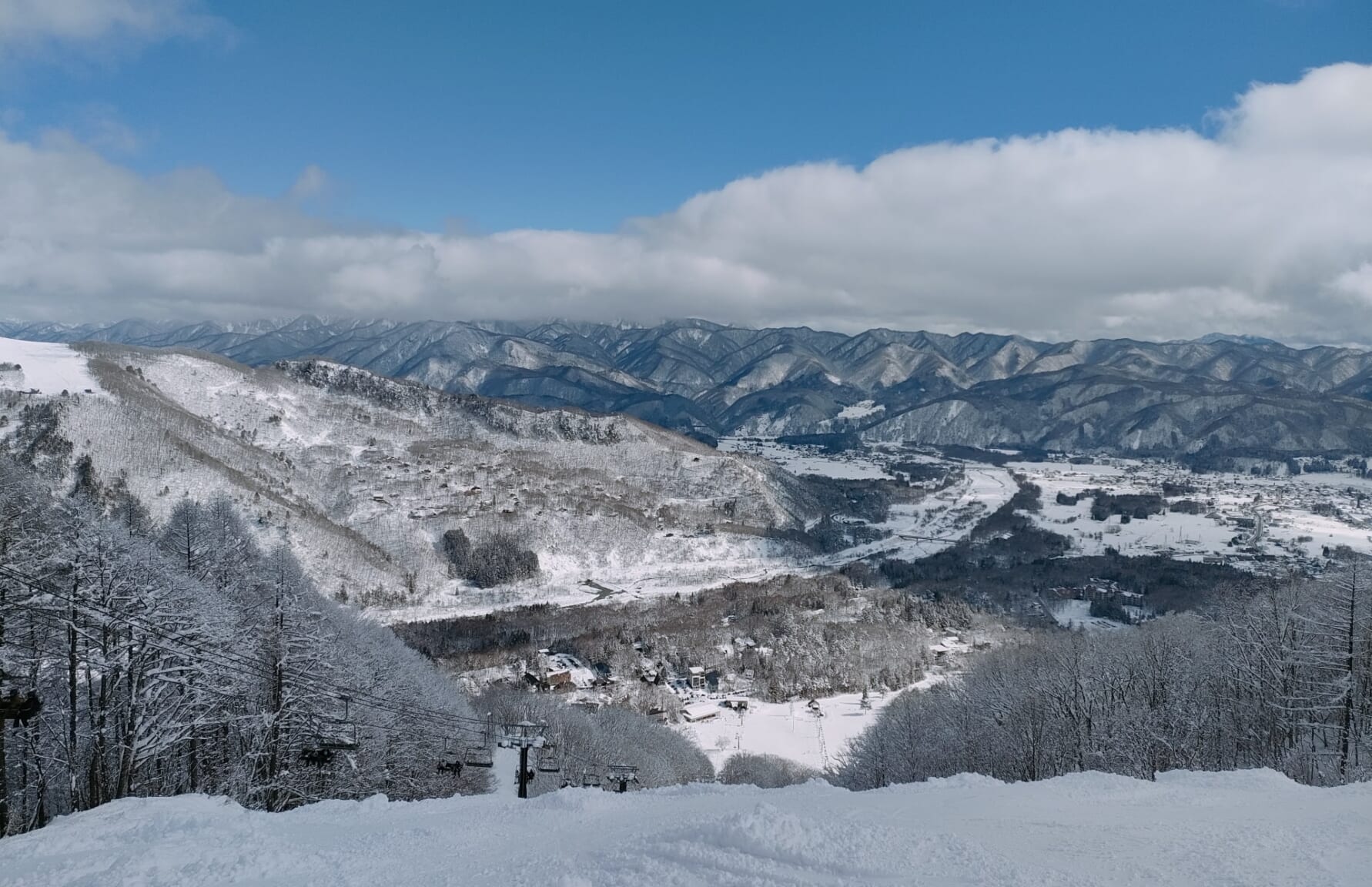
The resort’s well-equipped kids’ park and school are a treat for young skiers. During summer, visitors can also partake in trekking and mountaineering activities available for both beginners and advanced enthusiasts. At an altitude of 1,831m above sea level, the mountain’s peak provides breathtaking panoramic views of Hakuba’s expansive mountain range.
▽More information about Hakuba Ski Resorts▽
 Access Access |
5-min drive from Hakuba Station |
|---|---|
 Official Website Official Website |
http://www.happo-one.jp/english/ |
2. Marvel at the beauty of Hakuba Happo-one pond
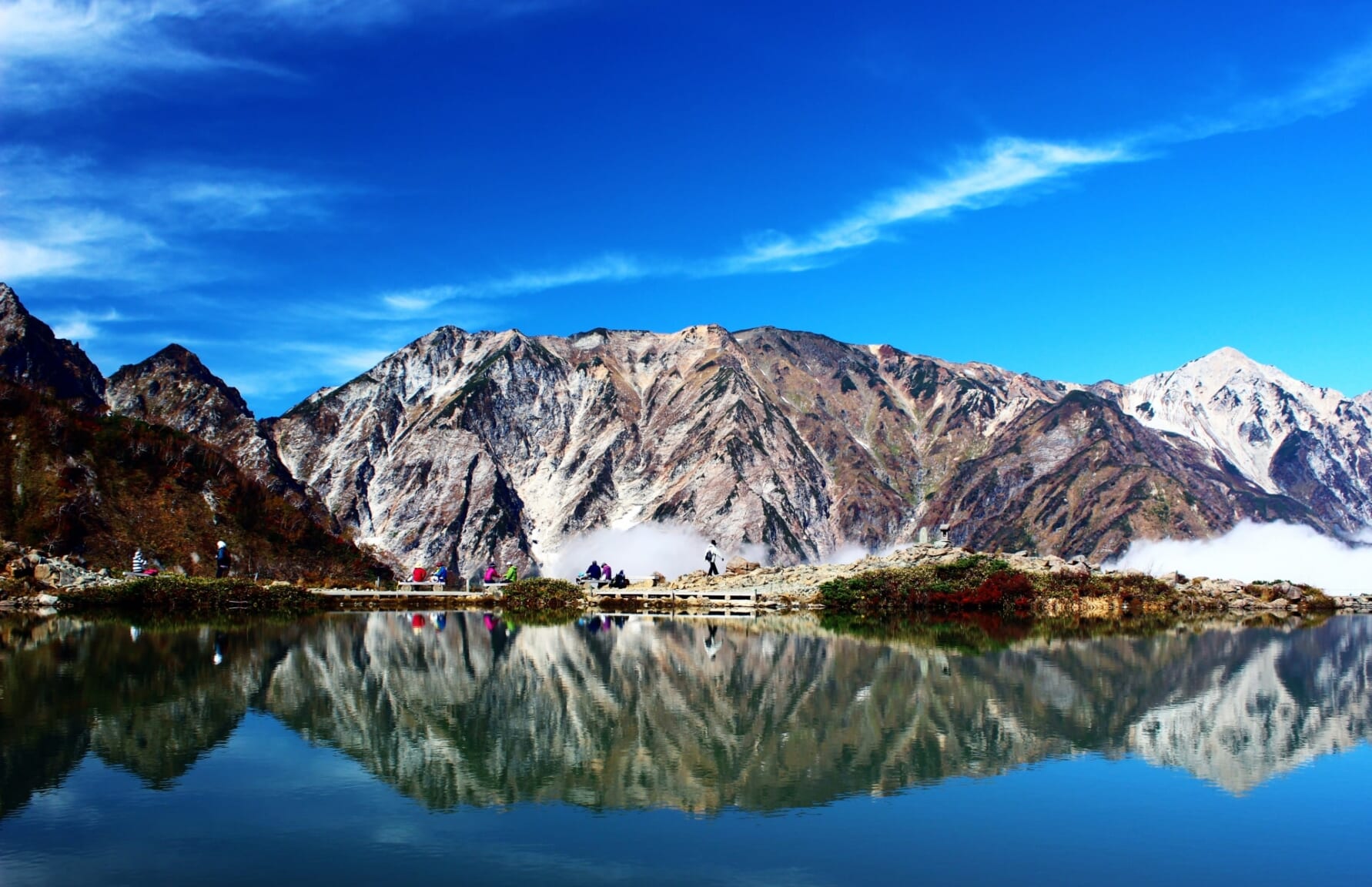
On a clear day, the surface of the water transforms into a mirror, reflecting the majestic beauty of the Hakuba Sanzan, comprised of Mt. Hakuba, Mt. Shakushidake, and Mt. Yarigatake. It’s completely stunning during winter, but it’s also a beautiful spot during autumn. There are convenient bus services available from both Hakuba Station and Nagano Station to the gondola station. If driving, there’s ample parking at the gondola station, making it a convenient option as well
 Access Access |
25-min drive from Hakuba Station |
|---|---|
 Official Website Official Website |
https://www.happo-one.jp/trekking/ |
3. Ski to your heart’s content at Hakuba Goryu and Hakuba 47 winter sports park

Adjacent to Goryu via its upper runs is the Hakuba 47 Winter Sports Park, which features top-notch facilities for advanced snowboarders to test their skills, including half-pipes and a series of 10 kickers up to 20 meters in length. The area also offers amenities such as locker and shower rooms, restaurants, beer bars, and free WiFi. The resort is known for its excellent powder and additionally, is the most popular night skiing destination in Hakuba Valley.
▶ Hakuba Goryu official website: https://goryu47.com/
▶ Hakuba 47 winter sports park official website: https://www.hakuba47.co.jp/
4. Take a moment of peaceful self-reflection at Choukokuji

Main highlights include the temple gate’s stone Buddha statues, the thick beams supporting the main hall, and an ancient cedar tree over 500 years old on the temple grounds. The temple also still maintains its historic buildings, preserving its ancient atmosphere.
 Access Access |
7-min walk from Iimori Station |
|---|
5. Enjoy the sights at Hakuba Iwatake Mountain Resort
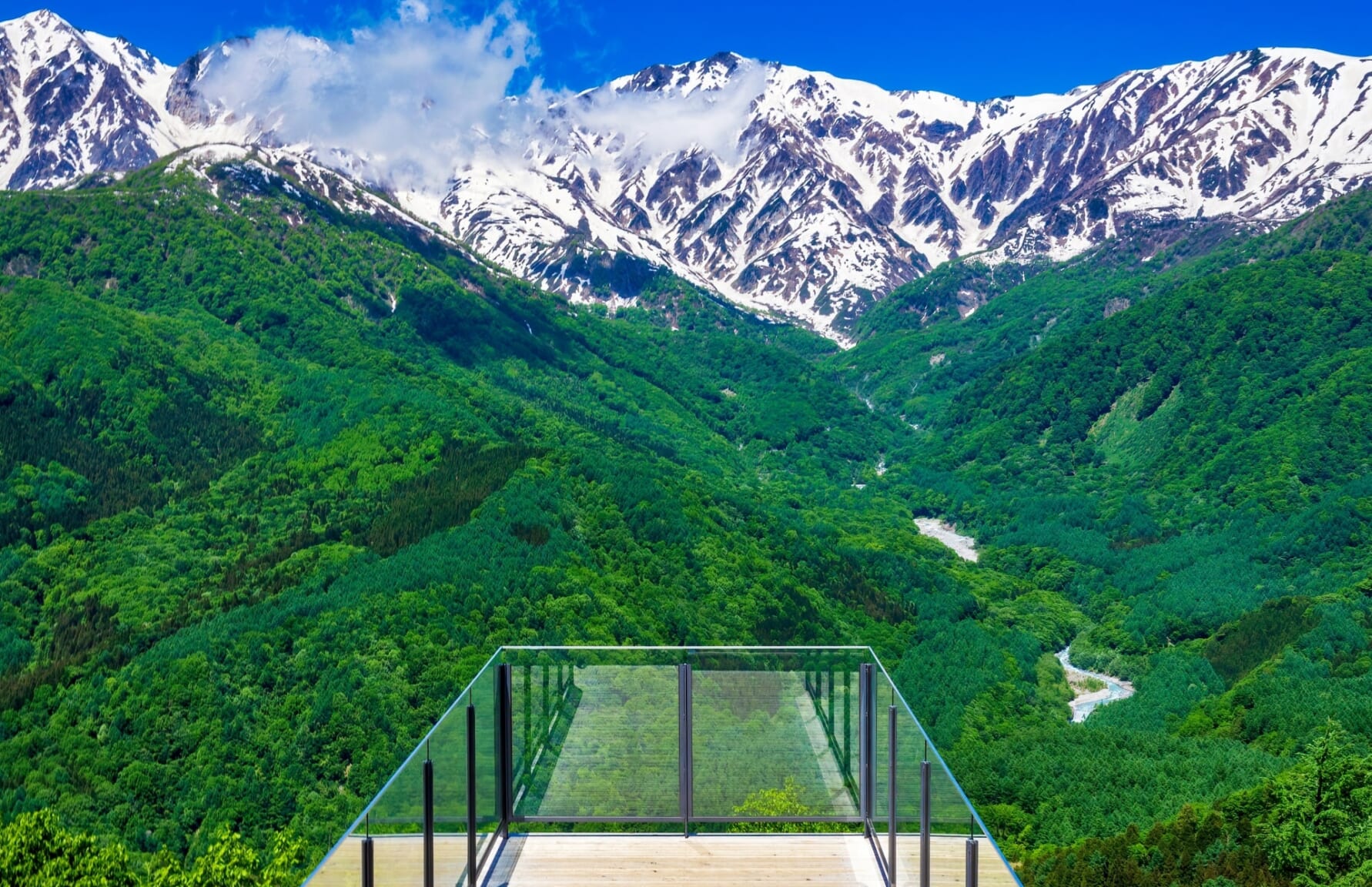
Apart from skiing, the resort offers a variety of activities including a dog run, an observation deck, and a snowshoe course. There is also a stylish café and terrace at the summit of Mt. Iwatake, with a spectacular view of the Northern Alps where visitors can relax and enjoy the scenic view.
 Access Access |
5-min drive from Shinano-Moriue Station |
|---|---|
 Official Website Official Website |
https://iwatake-mountain-resort.com/winter |
6. Reward yourself after hiking at Hakuba Yari Onsen
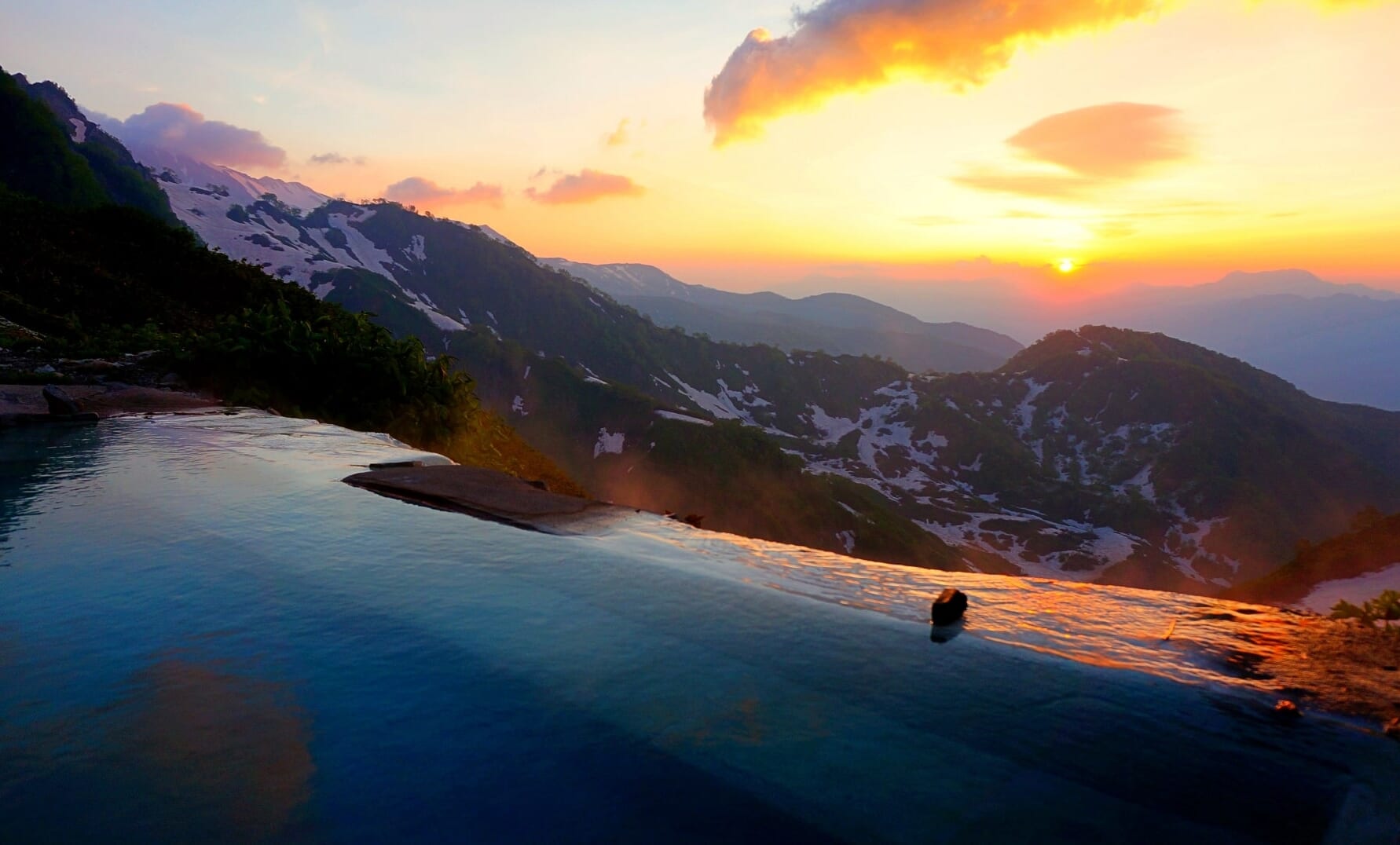
Nowadays other locations have snatched the title, but Yari Onsen can still claim to possess the highest natural spring at altitude in Japan. Regardless of rankings, soaking at an open-air onsen in the middle of the Japanese Alps, known for its stunning vistas of the Shinetsu peaks, where you can enjoy the sunrise or the sunset and starry skies is, quite simply, p-r-i-c-e-l-e-s-s.
 Access Access |
22-min drive from Hakuba Station |
|---|---|
 Official Website Official Website |
https://www.hakuba-sanso.co.jp/yamagoya/yarionsengoya.html |
7. Challenge yourself at Mt. Shirouma-dake
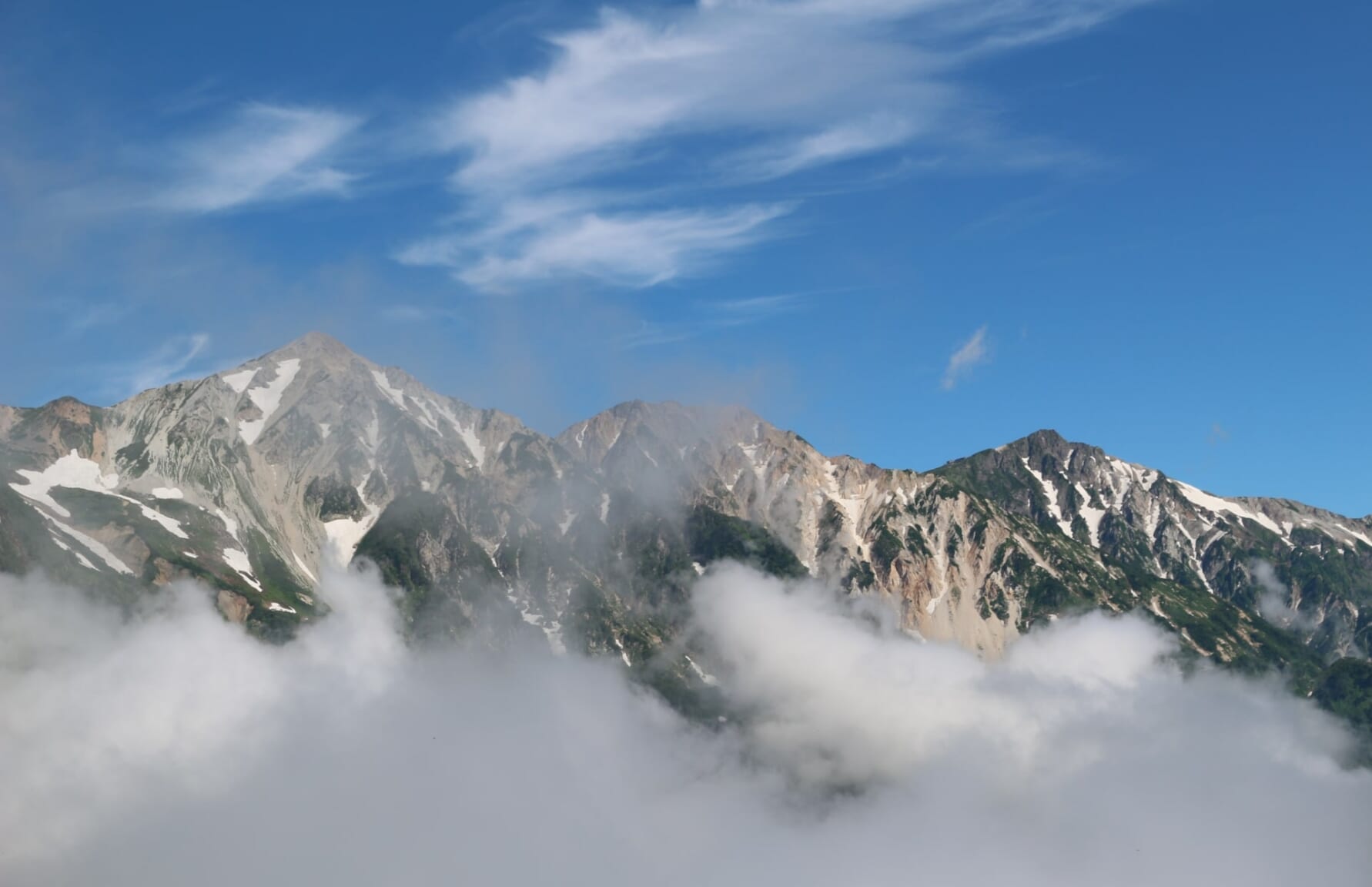
There are three trailheads to reach the summit, each offering a different experience. The shortest trail from Sarukura is perfect for first-time hikers, while the Tsugaike Pond trailhead provides a breathtaking view all the way to the top. The Renge Onsen hot spring trailhead is recommended for returning hikers, offering a picturesque wooded hike.
 Access Access |
20-min drive from Hakuba Station |
|---|
8. Watch athletes train at Hakuba Jump Stadium

When the facilities aren’t in use, visitors are able to try their hand as long as their skill and bravery are up to the task. Additionally, the Olympic Gallery on the second floor of the Start Tower features displays related to the Nagano Winter Olympics and Paralympics.
 Access Access |
5-min drive from Hakuba Station |
|---|---|
 Official Website Official Website |
http://gyosei.vill.hakuba.nagano.jp/public_facilities/jumping_studium.html |
9. Have a taste of Shinsu soba
Nagano Prefecture has been a long renowned region for its top-quality Shinsu soba (信州そば) noodles. A tradition developed since ancient times thanks to a cool climate even during summer months and very contrasting temperatures between night and day, crucial circumstances that allow growing buckwheat of great quality, which is the main ingredient of soba.
The name Shinsu soba comes from the old name of Shinsu Province, which is what Nagano Prefecture used to be called before the Meiji Era. You will notice there are lots of soba specialty restaurants scattered around your way, be sure to check them out! And if you happen to be in Nagano prefecture around October or November, the harvesting season is ripe with soba festivals in many places!
10. Step back in time at Aoni District
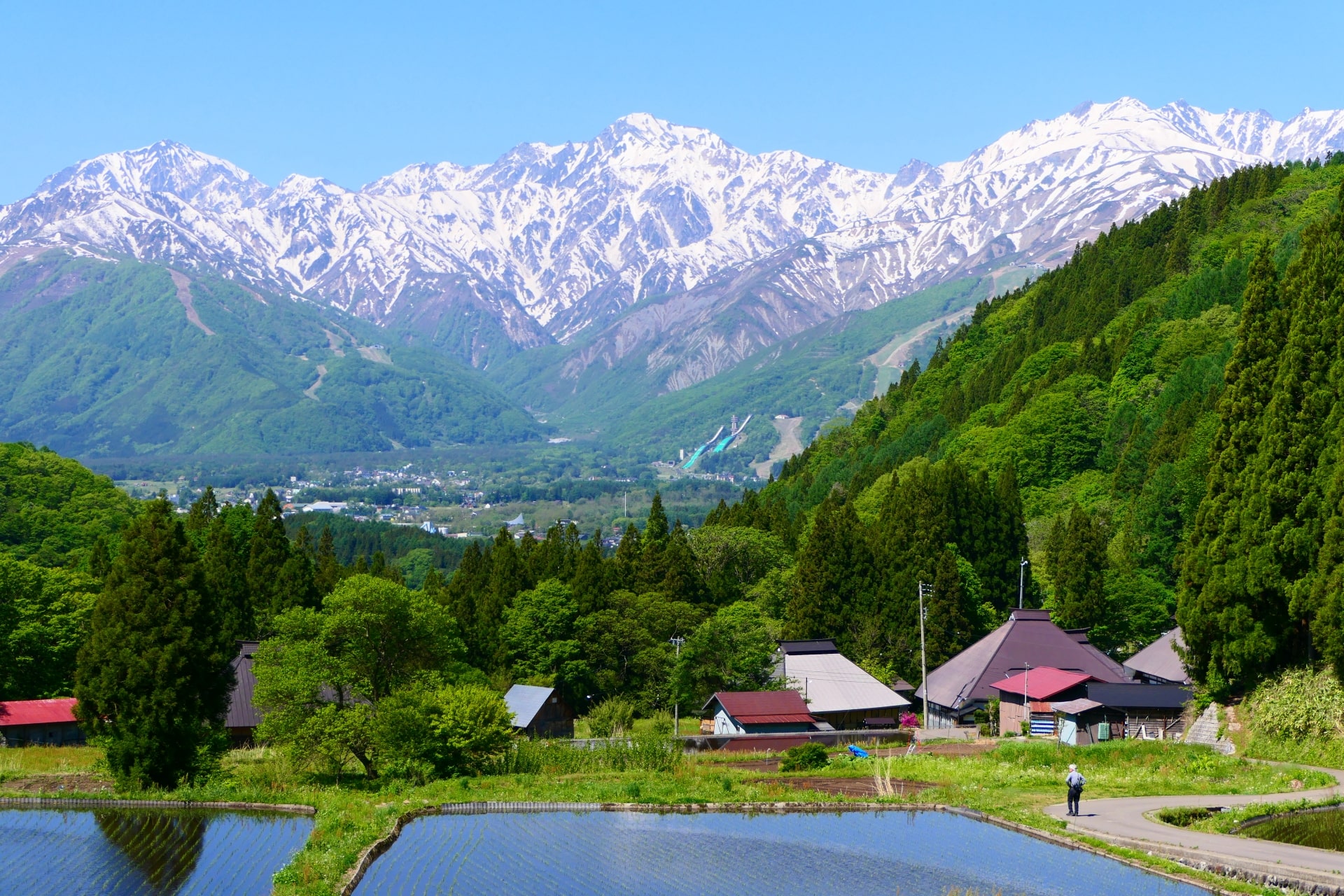
The terraced rice paddies with stone walls on the small hill east of the village were also recognized as one of the “100 best-terraced rice paddies in Japan” in 1999. And talking about rice, Aoni is the only place where an ancient purple variety of rice called Murasakimai (紫舞) is cultivated, which has gained attention recently for its incredibly nutritious qualities. Be sure to try it!
 Access Access |
10-min drive from Shinano-Moriue Station |
|---|---|
 Official Website Official Website |
https://www.vill.hakuba.lg.jp/gyosei/soshikikarasagasu/shogaigakushusportska/hakubamurakominkan/3/bunkazai/7989.html |
If what you’re looking for is picturesque alpine scenery, world-class skiing and snow-related facilities, with a dash of stunning traditional architecture, and a wide range of outdoor activities, Hakuba is your answer.
▽Subscribe to our free news magazine!▽
For more information about traveling and winter activities, check out the following articles!
▽Related Articles▽
▼Editor’s Picks▼
Written by
Photographer, journalist, and avid urban cyclist, making sense of Japan since 2017. I was born in Caracas and lived for 14 years in Barcelona before moving to Tokyo. Currently working towards my goal of visiting every prefecture in Japan, I hope to share with readers the everlasting joy of discovery and the neverending urge to keep exploring.





